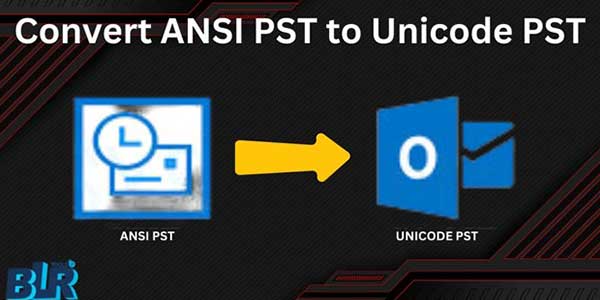
Outlook is a powerful email tool used by people all around. Outlook 2002 and older versions follow the ANSI style; Outlook 2003 and later versions use Unicode format. Convert ANSI PST file to Unicode PST file for improved data integrity and better fit with Outlook. Use BLR PST Converter Tool for Outlook PST Repair’s automated tool for easy conversion.
Outlook offers two versions of PST files: ANSI and Unicode. Created with MS Outlook 97-2002 versions, ANSI PST files are Outlook data files ANSI PST’s file size limit is 2GB; these files cannot handle multilingual data. However once MS Outlook 2003 came out, Microsoft started offering more storage capacity for Outlook data files in Unicode form. Furthermore supported by the Unicode PST files in Outlook 2003 and higher versions is multilingual data.
Table of Contents
Why Do You Need To Convert ANSI PST To Unicode PST?
Outlook needs ANSI PST to be converted to Unicode PST since Unicode presents multiple advantages over ANSI. This shows the significance:
- Unicode includes a great range of characters from many languages.
- Compatibility: Many systems allow Unicode quite freely.
- Conversion to Unicode guarantees that the emails you send remain consistent with changing technology since Unicode is common for current communication.
Create An ANSI PST File:
An ANSI PST file can be created simply. Creating ANSI PST files in Outlook follows closely. Create an ANSI PST file using the guidelines below.
- Open Outlook on the computer, and choose “New Items” from the home tab. Click “More items” then “Outlook Data file.”
- Expand the “Save as type” area; choose Outlook 97-2002 Data File (*.pst); then, click “OK.” You can then readily generate ANSI PST files in Outlook.
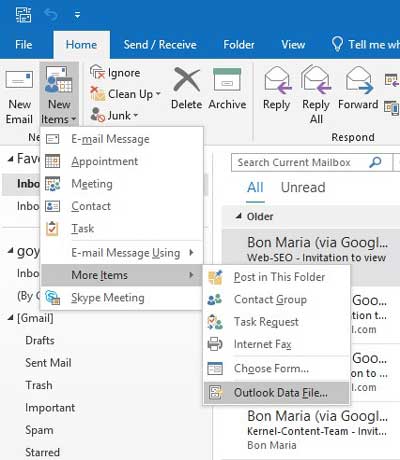

Convert ANSI PST To Unicode PST – Methods:
Making ANSI PST files calls for little effort and is a simple process. It is really difficult to convert ANSI into a Unicode PST, though. One can convert them utilizing the approach described below:
Create A New PST Then Import ANSI PST’s Data:
Making a new PST file and importing data from the ANSI PST file is one of the easiest ways to convert it to Unicode PST. Go as follows to accomplish this:
Step 1: Open any version of MS Outlook, click “New Items,” then go to “More Items” and choose “Outreach data file.” Name the file and store it where you intend it to be kept.
Step 2: To import data from ANSI PST now, start Outlook.
Step 3: Under Open & Export >Import/Export, click.
Step 4: From Import and Export Wizard, click Next after choosing Import from another program or file.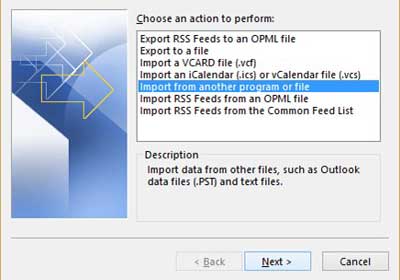
Step 5: Choose Outlook Data File (.pst) here now and click “Next.”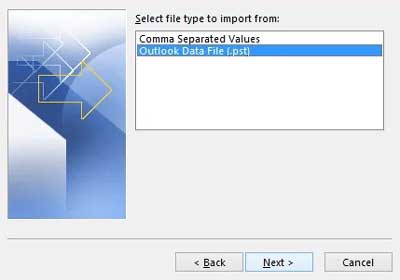
Step 6: Click “Open” after viewing the ANSI PST file from the system.
Step 7: To finish the process click on “Finish”. Unicode PST has been imported from ANSI PST data.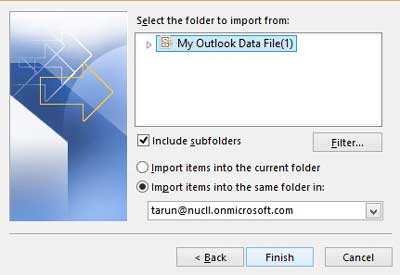
Professional Tool: BLR PST Converter Tool :
One more method to translate ANSI to Unicode is with a trustworthy tool. We advise you to take advantage of the BLR PST Converter tool. Designed and created only for Outlook PST files, this is a powerful application. This app provides some innovative features intended to improve your Outlook work experience.
Here are the key features of the BLR PST Converter Tool:
- Multiple Format Conversion: Convert PST files to over 50+ formats, including MBOX, PDF, EML, and more.
- Batch Conversion: Supports converting multiple PST files simultaneously, saving time and effort.
- Preserve Data Integrity: Maintains the original folder hierarchy, metadata, and attachments during conversion.
- Selective Conversion: Option to preview and select specific emails or items for conversion.
- User-Friendly Interface: Intuitive design suitable for both technical and non-technical users.
- Compatibility: Works with all versions of Outlook and Windows OS.
- Secure Conversion: Ensures data safety throughout the process without any loss.
To convert an ANSI PST to Unicode PST using the BLR PST Converter Tool, follow these steps:
- Download and Install the BLR PST Converter Tool on your system.
- Launch the Software and select the option to convert PST files.
- Add the ANSI PST File by clicking on “Browse” and locating the PST file on your computer.
- Choose Output Format as Unicode PST. The software will automatically detect the older ANSI format and convert it to Unicode.
- Select the Destination where you want the converted Unicode PST file to be saved.
- Start the Conversion by clicking the “Convert” button. The BLR PST Converter Tool will begin converting the ANSI PST to Unicode format.
- Save and Access the newly converted Unicode PST file from the specified location. You can now import it into modern versions of Outlook without any size limitations.
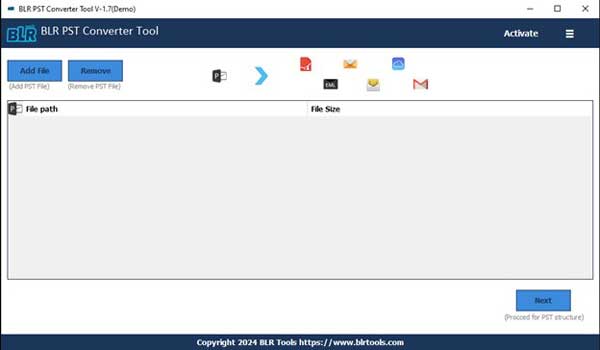
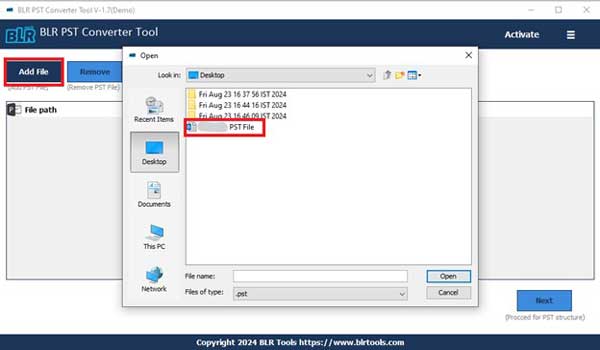
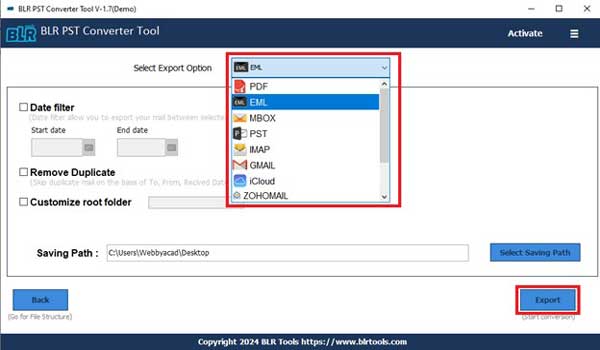
This simple and user-friendly process ensures a smooth conversion of your ANSI PST files into the Unicode format using the BLR PST Converter Tool.
Finally:
Users sometimes might find themselves wanting to translate their ANSI file into a Unicode file. Outlook 2016/2013 versions let you manually translate ANSI PST to Unicode PST. To try those methods, you must have a professional understanding, though, and those methods might not be effective in every situation. Under this condition, we advise an automated tool for simple conversion free of risk. Outlook PST Converter Tool has special abilities to fix all of your Outlook-related problems.

 About the Author:
About the Author:















Be the first to write a comment.